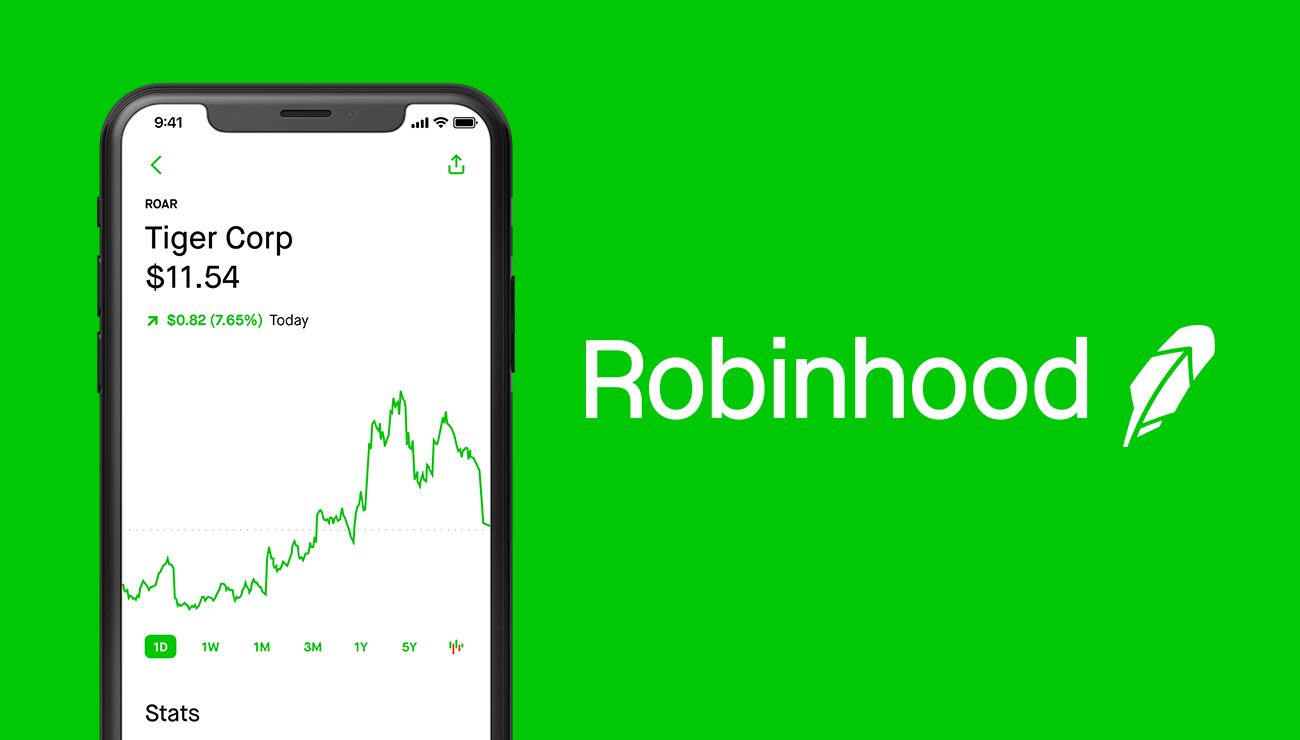Introduction:

Image: belucydyret.web.fc2.com
Are you intrigued by the possibilities of trading options but overwhelmed by the complexity of traditional trading platforms? Look no further than Robinhood, the renowned financial app that offers a simplified and accessible gateway into the world of option trading. In this comprehensive guide, we will delve into the intricacies of option trading in Robinhood, empowering you to maximize its potential while mitigating risks.
Understanding Option Trading in Robinhood:
Option trading involves contracts that give the buyer the right, but not the obligation, to buy (call option) or sell (put option) an underlying asset at a predetermined price (strike price) on or before a specific date (expiration date). In Robinhood, option traders have access to a wide range of stocks, exchange-traded funds (ETFs), and indices, providing ample opportunities for tailored investment strategies.
Benefits of Option Trading in Robinhood:
-
Accessibility: Robinhood’s user-friendly interface and intuitive design make option trading accessible to novice investors without requiring extensive financial background.
-
Flexibility: Options contracts offer versatile investment strategies, enabling traders to speculate on price movements, hedge risks, generate income, and optimize returns.
-
Transparency: Robinhood provides clear and concise information on option contracts, including Greeks and implied volatility, ensuring traders have a comprehensive understanding of their investments.
Main Concepts of Option Trading:
-
Option Premium: The price paid for an option contract.
-
Strike Price: The price at which the underlying asset can be bought (call option) or sold (put option).
-
Expiration Date: The date on which the option contract expires.
-
Intrinsic Value: The difference between the current price of the underlying asset and the strike price.
-
Call Option: Gives the buyer the right to buy the underlying asset at the strike price on or before the expiration date.
-
Put Option: Gives the buyer the right to sell the underlying asset at the strike price on or before the expiration date.
Types of Option Strategies:
-
Covered Call: Selling a call option while owning the underlying shares.
-
Long Put: Buying a put option to wager on a decline in the underlying asset’s price.
-
Short Put: Selling a put option to bet on a rise in the underlying asset’s price.
-
Call Spread: Buying a lower strike price call option while selling a higher strike price call option on the same underlying asset and expiration date.
Real-World Applications of Option Trading:
-
Hedging: Protecting existing investments from potential price fluctuations.
-
Speculation: Making predictions about future price movements to generate profits.
-
Income Generation: Selling or buying option contracts to collect premiums.
-
Tailored Returns: Crafting option strategies that align with specific risk tolerance and return objectives.
Conclusion:
Option trading in Robinhood offers an accessible and flexible avenue for investors seeking to enhance their portfolio diversification, generate income, and speculate on market movements. By leveraging the platform’s user-friendly design and diverse options offering, traders can navigate the complex world of options with confidence. However, it is imperative to remember that option trading carries inherent risks and should be approached with a clear understanding of the potential pitfalls.

Image: robinhood.com
Option Trading In Robinhood






